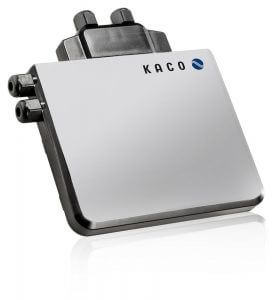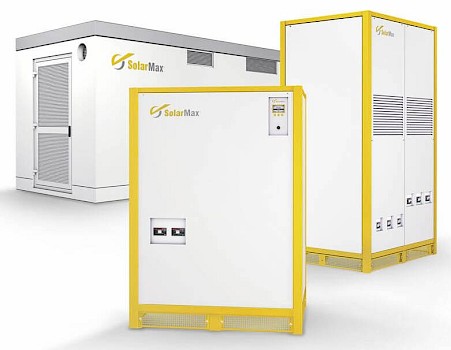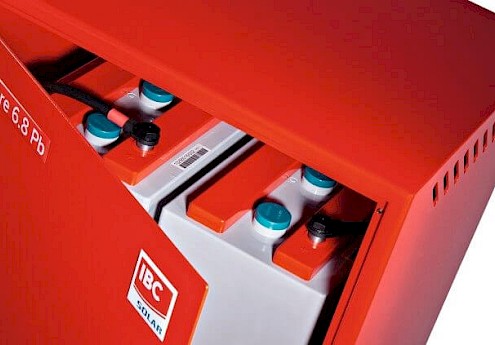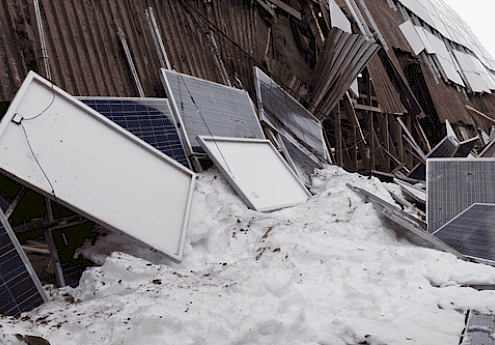
What you should know about inverters
Inverters are the be-all and end-all of every solar system, because they convert the direct current generated in the solar modules into alternating current and make it usable for your own household as well as the public power grid. Briefly explained, this process works as follows: Direct current and direct voltage are produced on the input side of the inverter and controlled by a microprocessor in such a way that inverters with one, two or three phases generate alternating current and alternating voltage on the output side. The inverter is designed to automatically synchronize with the utility grid. The most important manufacturers of inverters include Bosch, Fronius, Siemens, Danfoss, Kaco, Kostal, Solar Edge, Solar Max.
Depending on the size of the system, the site conditions and the purpose that you want to fulfill with a photovoltaic system, the following variants can be considered:
Stand-alone inverter
Decentralized systems that are not connected to the public grid are equipped with a stand-alone inverter. Commercial devices for household and many other areas of application can be used without having to be fed into the public power grid, so the stand-alone inverter ensures absolute autonomy.
Module inverter

The great advantage of the module inverter is that mismatching losses, i.e. energy losses on the way from the solar module to the end device, can be ruled out because it is mounted directly on the solar system. Module inverters are used in a power range from 100 Wp to 1400 Wp, an isolating transformer contributes to safety. The disadvantage of this system is the relatively low level of efficiency at a fairly high price, as well as the fact that the module inverter has to be mounted directly on the roof together with the solar module, which makes maintenance and possible replacement more difficult. Module inverters therefore only play a subordinate role in the contemporary PV market.
String inverter

If several solar modules are connected in series and connected to each other with a cable, one speaks of string inverters. They are currently the most widespread photovoltaic system inverters. String inverters are also called string inverters. Here the PV generator is divided into strings, whereby strong and weak modules can be divided and used more efficiently. This decentralized concept has the advantage that mismatching losses and shading losses can be minimized. Depending on the total number of modules, one or many string inverters are installed per system. Multi-string inverters are also used for larger systems and the corresponding environmental conditions. These have several MPP trackers that determine the maximum power point. This gives you the opportunity to connect different strings with different numbers of modules, inclination and orientation, which allows the operating points of the individual module strings to be set individually. String inverters are used particularly in small to medium-sized systems in the power range from 2 to 30 kW. Systems of around 100 kW can be realized with even larger string inverters.
Storage inverter
Storage inverters are often used in photovoltaic systems with a connected battery storage system. In many cases, they have an integrated energy management system that distinguishes between self-sufficiently generated solar energy and the public power grid. The whole house is supplied with its own electricity and only when this is used up does it switch to the public grid.
Storage inverters often have special interfaces for battery management systems of external storage systems.
Central inverter

The central inverter is recommended for large and very large solar systems up to the MW range. With a central inverter, many module strings are combined and connected to an inverter. This concept is particularly useful when the PV modules are subject to almost the same conditions in terms of inclination and alignment.
Central inverters are primarily used in large systems when string inverters, which would then have to be used in large numbers, no longer make sense for cost and maintenance reasons. Both monitoring and maintenance can be easily implemented with central inverters. The major disadvantage of central inverters is that in the event of a fault, the entire system component fails.
You can get a comprehensive overview of all providers on the online marketplace SecondSol!




